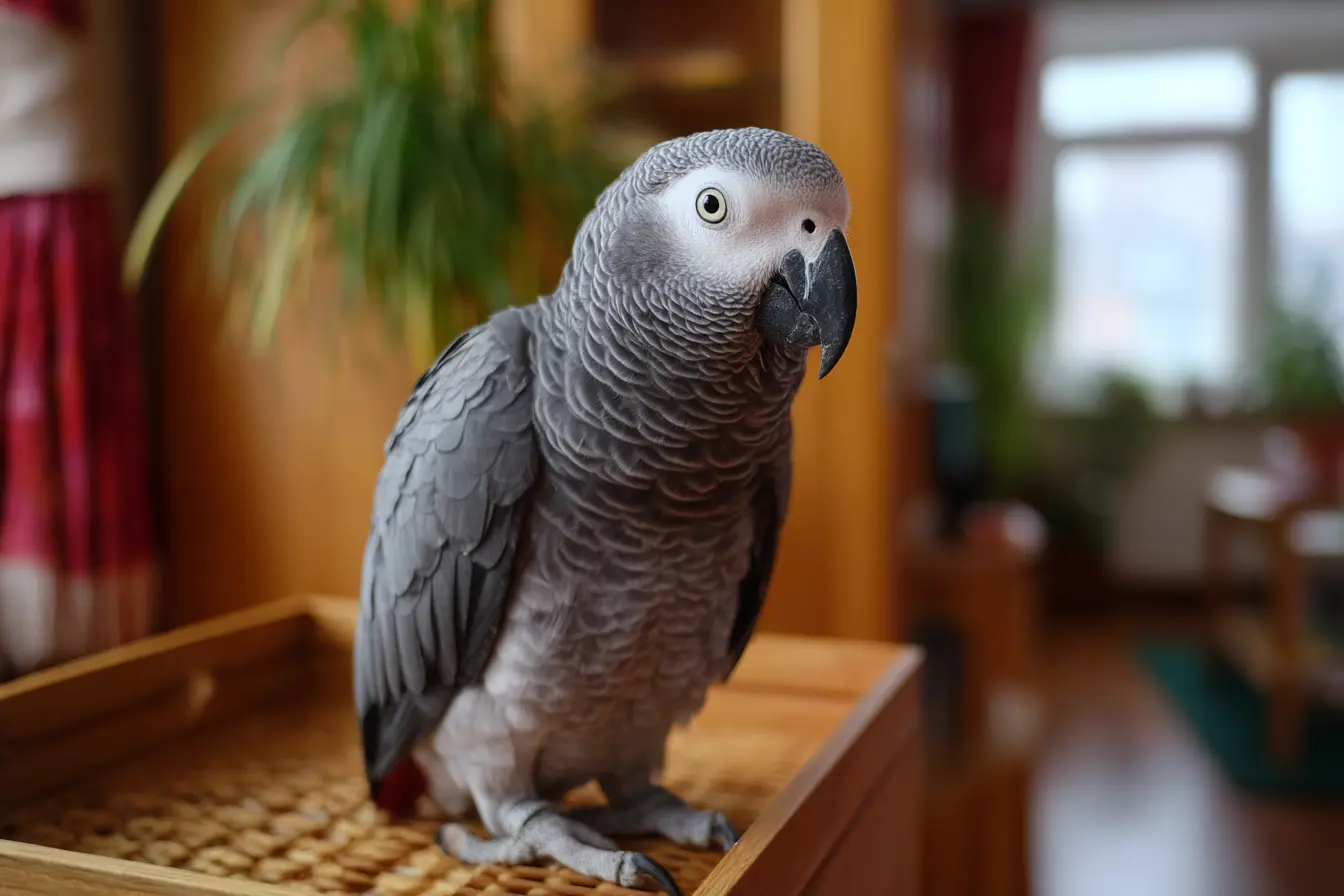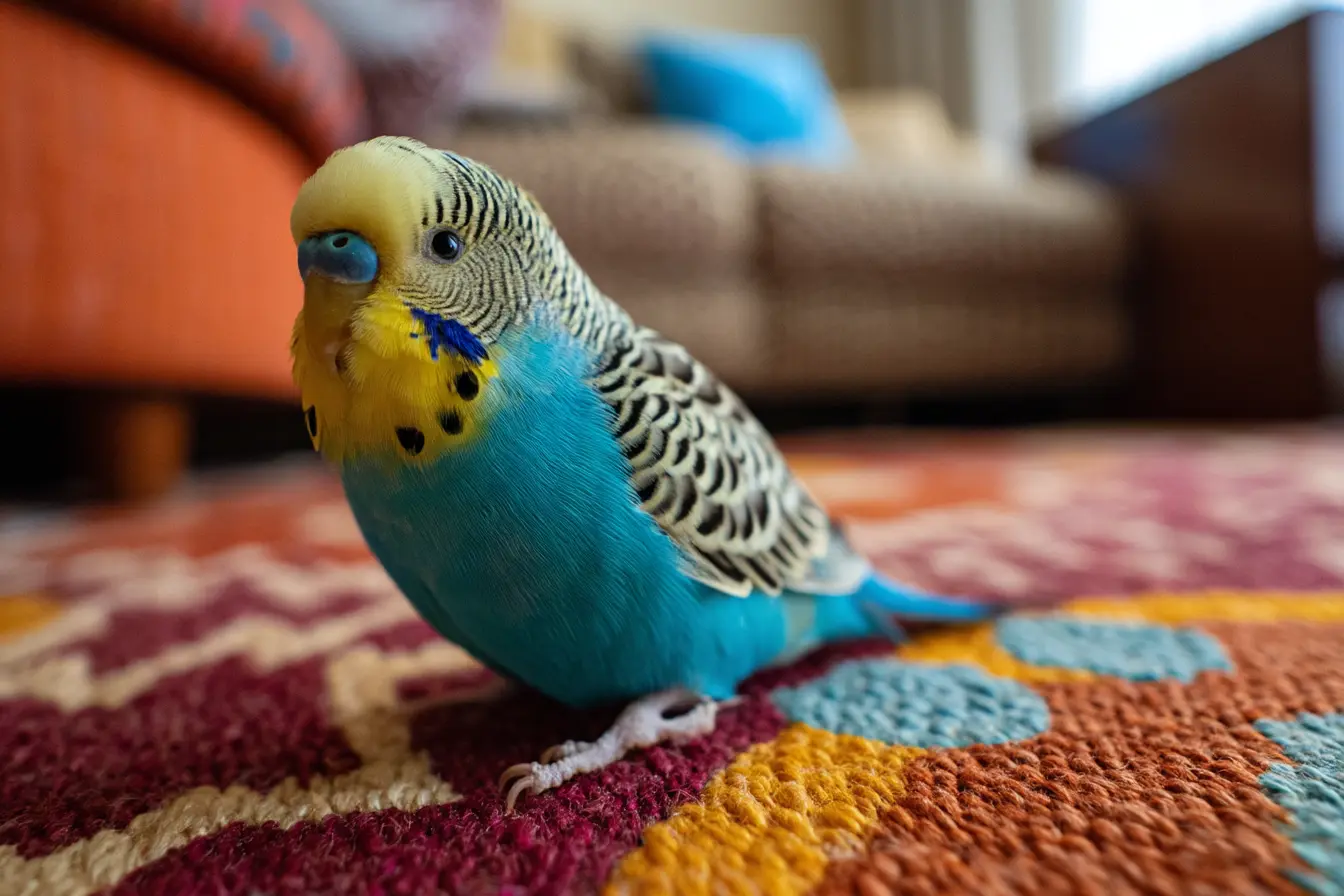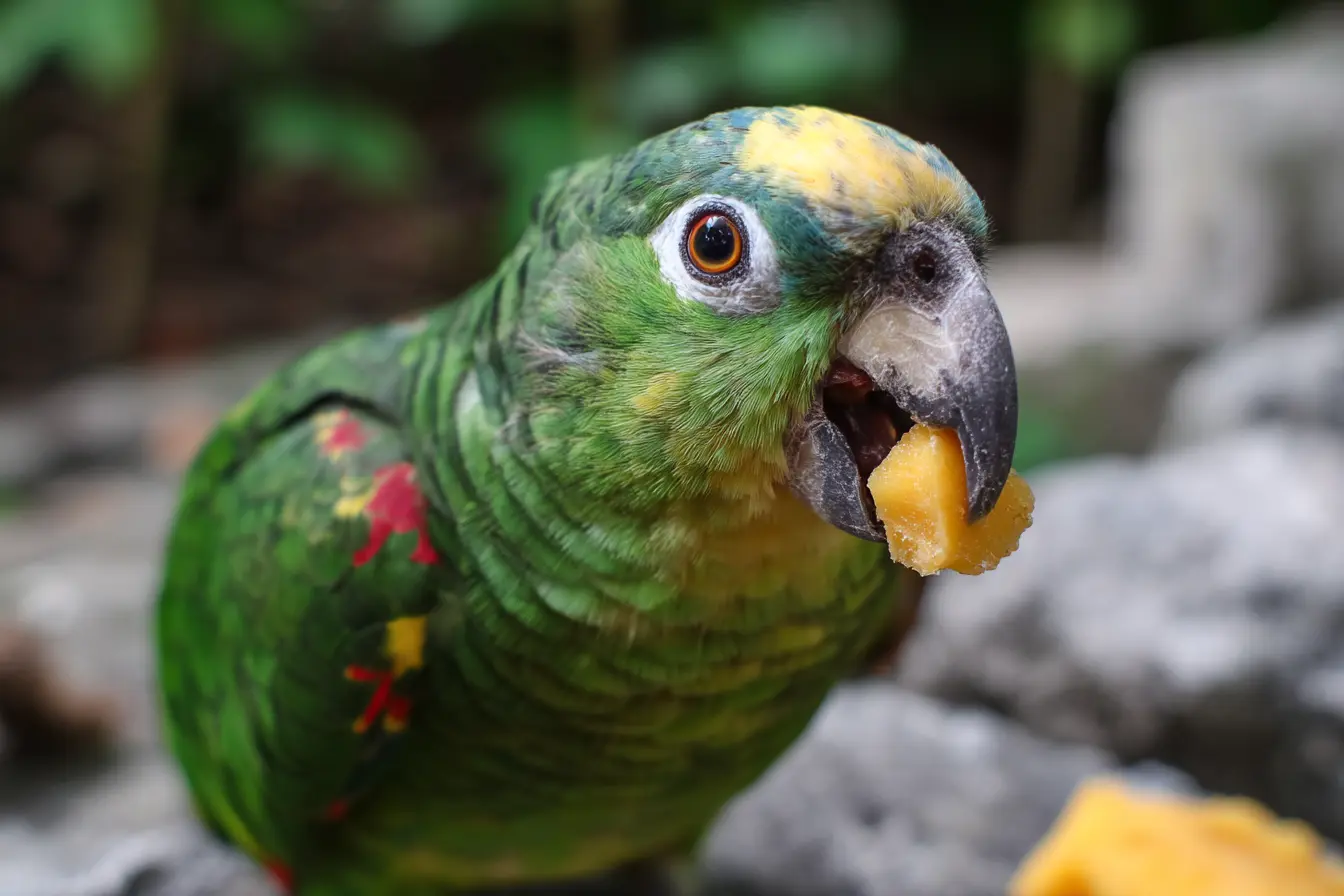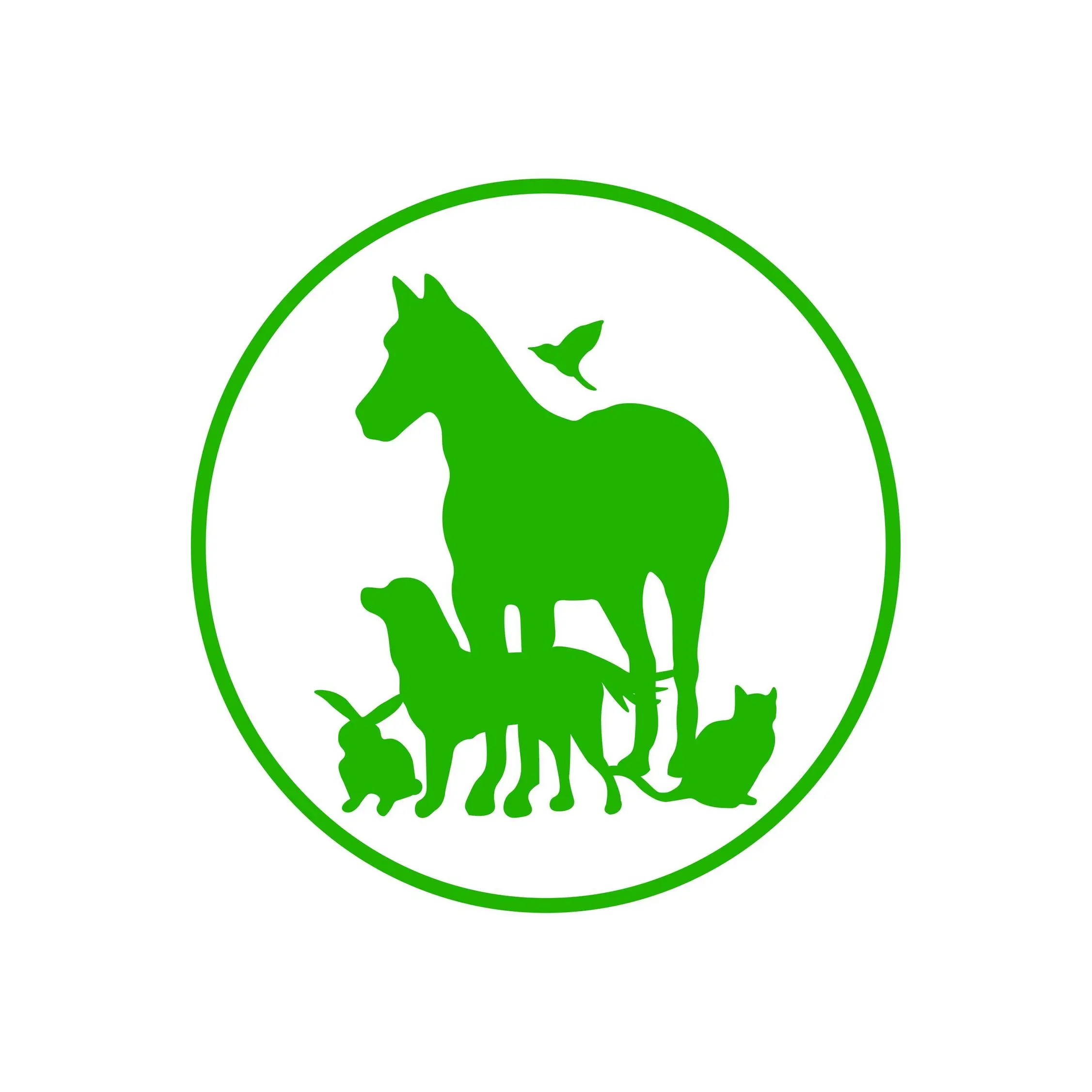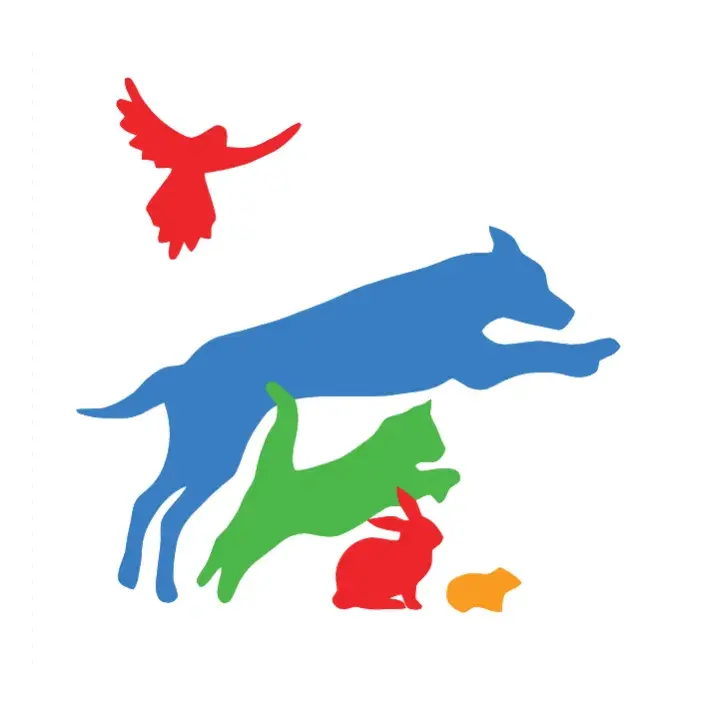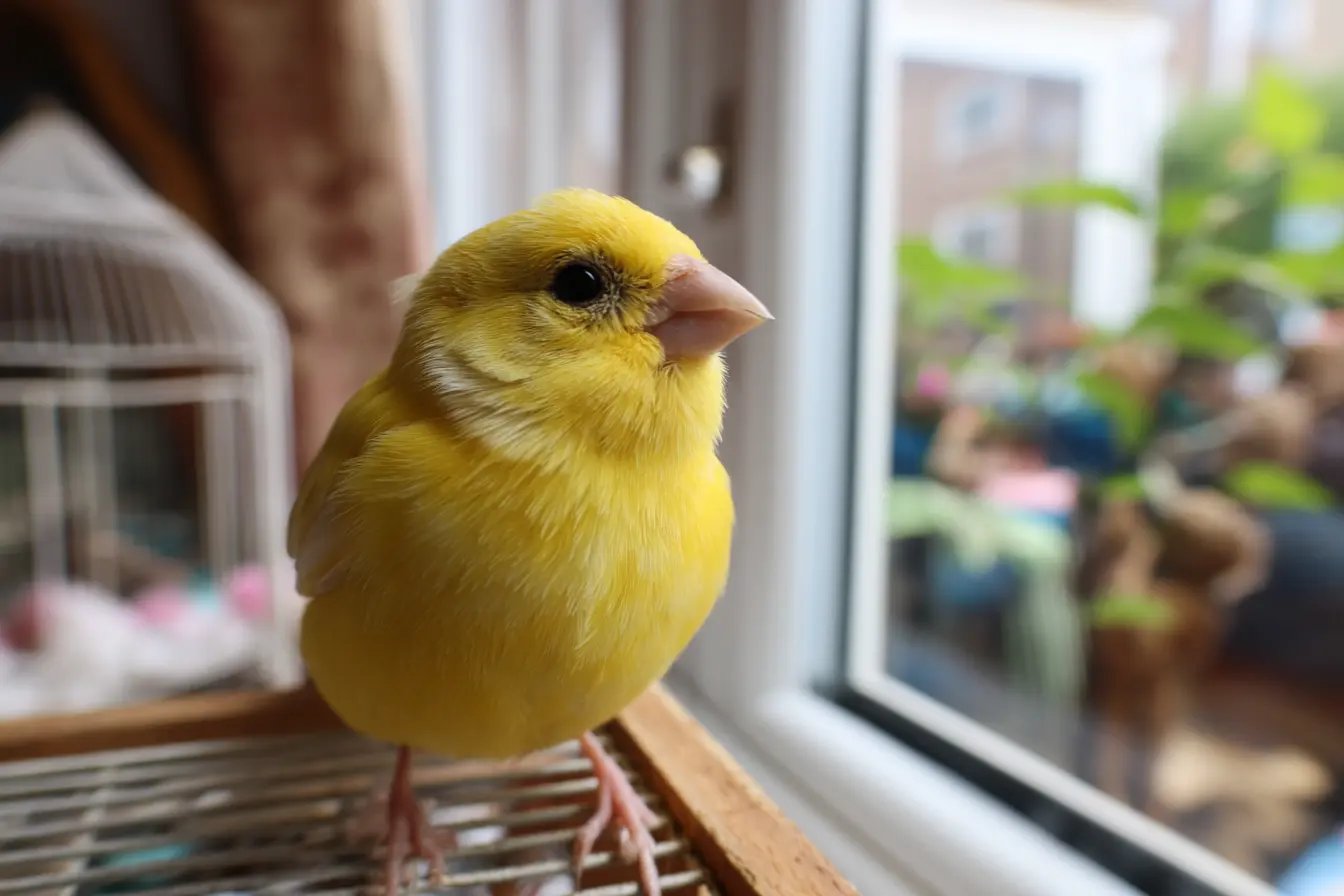
Bumblefoot in Pet Birds: Causes, Treatment, and Prevention
Bumblefoot, medically known as pododermatitis, is a painful and potentially serious foot condition that affects pet birds, particularly parrots, budgerigars, canaries, and chickens. It occurs when pressure sores, infections, or inflammation develop on the footpad, leading to discomfort, swelling, and in severe cases, deep tissue infection or bone damage.
Understanding the causes, symptoms, and treatments of bumblefoot is crucial for bird owners to prevent long-term complications and ensure their pet’s health and comfort.
What Is Bumblefoot?
Bumblefoot is an inflammatory condition that affects a bird’s feet due to excessive pressure, poor perching surfaces, injury, or infection. It can range from mild irritation to severe, life-threatening infections if untreated. The condition progresses in stages, from redness and swelling to abscess formation and deep infections affecting bones and tendons.
While all birds can develop bumblefoot, those that are overweight, have mobility issues, or stand on improper perches for long periods are at higher risk.
Causes of Bumblefoot
Several factors contribute to the development of bumblefoot in pet birds.
Inappropriate Perches
Hard, rough, or slippery perches can cause foot sores. Perches that are all the same size do not allow proper weight distribution, leading to pressure points. Sandpaper-covered perches, often marketed for nail trimming, are too abrasive and can damage footpads.
Obesity and Poor Diet
Overweight birds put extra pressure on their feet, increasing the risk of pressure sores. Vitamin A deficiency weakens the skin, making it more susceptible to infection.
Injury or Trauma
Foot cuts, scrapes, or puncture wounds can become infected. Rough handling, falls, or aggressive cage mates may also cause foot injuries.
Poor Hygiene
Dirty cages, soiled perches, or wet bedding create an environment where bacteria thrive, increasing the risk of infection. Standing in droppings for long periods can lead to foot irritation and sores.
Inactivity and Sedentary Lifestyle
Birds that spend too much time sitting or standing in one position, often due to small cages, illness, or obesity, are more likely to develop pressure sores.
Underlying Health Issues
Arthritis or joint problems can force birds to shift their weight abnormally, increasing foot strain. Circulatory disorders can lead to poor healing and increased risk of infection.
Symptoms of Bumblefoot
The severity of bumblefoot varies, but common signs include:
- Redness and swelling on the bottom of the foot
- Sores or ulcers on the footpad
- Scab formation in advanced cases
- Limping or reluctance to perch
- Increased time spent sitting or resting
- Loss of balance due to foot pain
- Abscesses or pus-filled swellings in severe cases
- Signs of pain, such as flinching or aggression when touched
Since birds instinctively hide signs of illness, careful observation is needed to detect early symptoms.
Diagnosing Bumblefoot
A specialist avian vet should diagnose and assess bumblefoot. Diagnosis usually involves:
- Visual examination to check for redness, swelling, or sores
- Palpation of the foot to feel for hard areas, abscesses, or signs of pain
- Bacterial culture if infection is present to identify the bacteria
- X-rays in advanced cases to check for bone infection (osteomyelitis)
Stages of Bumblefoot
Bumblefoot is classified into three stages based on severity.
- Mild (Grade I) – Redness and minor swelling, but no open wounds
- Moderate (Grade II-III) – Scabs, sores, or ulcers form, and infection may be present
- Severe (Grade IV-V) – Deep abscesses, tendon or joint involvement, and potential bone infection
Early detection is key, as severe bumblefoot requires intensive treatment and may not always be fully reversible.
Treatment for Bumblefoot
Treatment depends on the severity of the condition.
Mild Cases (Grade I)
Improved perching is essential, using natural wood perches of varying sizes to encourage proper foot positioning. A well-balanced diet rich in vitamin A, including foods such as carrots, sweet potatoes, and leafy greens, can strengthen the skin. Foot soaks in warm water with Epsom salts can help reduce swelling, and applying an avian-safe antiseptic or chlorhexidine spray can prevent infections.
Moderate Cases (Grade II-III)
Wound cleaning with diluted betadine or chlorhexidine solution is necessary to prevent further infection. A soft, non-stick bandage such as Vetrap can be used to protect the foot. Vet-prescribed antibiotic creams may be applied to infected wounds, and pain relief medication may be given if the bird is experiencing discomfort.
Severe Cases (Grade IV-V)
Veterinary debridement may be required to remove dead tissue or drain abscesses. Deep infections often require oral or injectable antibiotics. In extreme cases, surgery may be necessary to remove infected tissue or even amputate affected toes.
Never attempt to remove a scab or abscess at home, as this can worsen the infection.
Preventing Bumblefoot
Prevention is far easier than treatment. By following these steps, you can significantly reduce the risk of bumblefoot.
Provide Proper Perches
Use natural wood perches of varying diameters to promote healthy foot movement. Avoid sandpaper or rough-textured perches, as they cause abrasion. Providing rope perches or padded perches can give feet a break from hard surfaces.
Maintain Good Hygiene
Clean perches and cage floors regularly to remove droppings and bacteria. Use soft, absorbent bedding in cages or aviaries to prevent foot sores.
Ensure a Balanced Diet
Provide a nutritionally complete pellet-based diet supplemented with fresh fruits and vegetables. Ensure adequate vitamin A intake to maintain skin and foot health.
Encourage Exercise
Allow supervised out-of-cage time to encourage movement and prevent obesity. Use climbing structures and activity toys to keep feet strong and healthy.
Monitor for Early Signs
Check feet regularly for redness, swelling, or sores. Weigh your bird weekly to prevent obesity-related pressure sores.
When to See a Vet
Seek veterinary care immediately if:
- The bird is limping or unwilling to stand
- Open sores, swelling, or scabs appear on the foot
- Signs of infection, such as pus, foul smell, or heat in the foot, are present
- The bird’s condition worsens despite home treatment
Final Thoughts
Bumblefoot is a serious but preventable condition in pet birds. By providing proper perches, maintaining hygiene, ensuring a balanced diet, and encouraging exercise, bird owners can reduce the risk of this painful disease.
Early detection and prompt treatment are crucial for successful recovery. If you notice any signs of bumblefoot, consult an avian vet immediately to prevent further complications and ensure your bird’s long-term health and well-being.
Related Vets
Vets near you
Speciality vets
- Aquatics vet specialists
- Birds vet specialists
- Camelids vet specialists
- Cats vet specialists
- Cattle vet specialists
- Deer vet specialists
- Dogs vet specialists
- Equines vet specialists
- Exotic vet specialists
- Goats vet specialists
- Pigs vet specialists
- Poultry vet specialists
- Sheep vet specialists
- Small Mammals vet specialists
- Wild vet specialists
